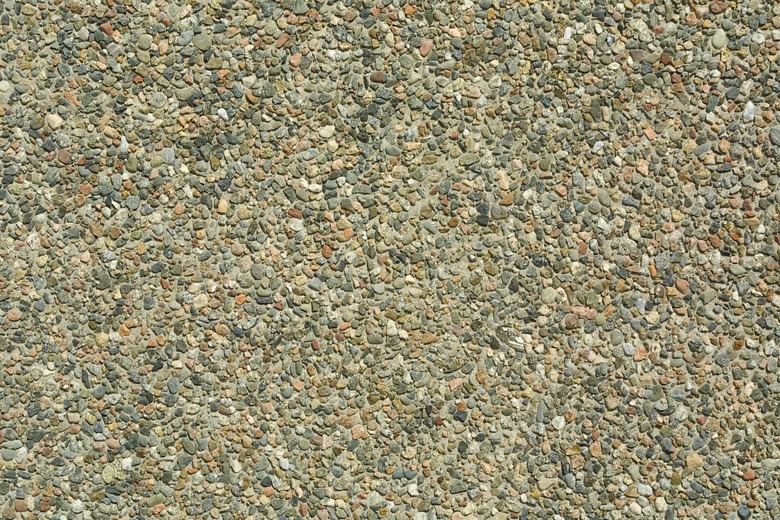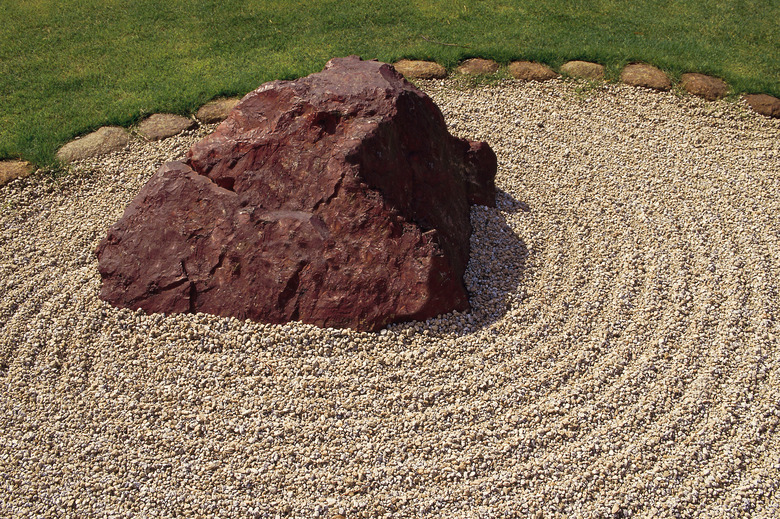How To Figure The Amount Of Pea Gravel Needed
Things Needed
-
Measuring tape
-
Area calculator
Pea gravel is not just for playgrounds and picnic areas. Veterinarian Robert M. Bowker of the Michigan State University Equine Foot Laboratory, for example, recommends using pea gravel as stall bedding for chronically lame horses. Like any material, ordering more than needed can be expensive and create storage issues until the excess is used. Thanks to area calculators, it is possible to order just the right amount every time.
Step 1
If the area to be covered is a square or rectangle, you easily can calculate the amount of pea gravel needed by hand. Measure the length, width and depth in feet of the area to be covered. Multiply the three numbers together. Divide by 27 to get the number of cubic yards of pea gravel needed. For example, if the area is 9 feet square and the gravel is to be a foot deep, multiply 9 by 9 by 1 to get 81. Divide 81 by 27 to get 3 cubic yards of gravel.
Step 2
If the area to be covered is a more irregular shape, convert the shapes to their nearest equivalent shapes. For example, an oval is a circle cut in half, with a rectangle in between.
Step 3
Open the area calculator at RenewableFiber.com, in the References section of this article.
Step 4
Select the shape of the area to be covered with pea gravel. If the area is irregular, select all the shapes needed for full coverage.
Step 5
Type the required information into the correct boxes. Press "calculate," for each shape needed. Add all the amounts together if there is more than one shape needed.
Step 6
Order the number of cubic yards of pea gravel recommended by the calculator. For example, an oval made up of an 8-by-10-foot rectangle and two half-circles with a radius of 4 feet requires nearly 5 cubic yards of pea gravel to cover the area 1 foot deep in pea gravel.
Tip
Because you are using three dimensions to cover the area, volume, not area, is the correct formula to use to calculate how much pea gravel to order. EarlyChildhoodNews.com advises, "[M]ultiply the length in feet times the width in feet times the depth [in feet]. This will give you the number of cubic feet you need."






